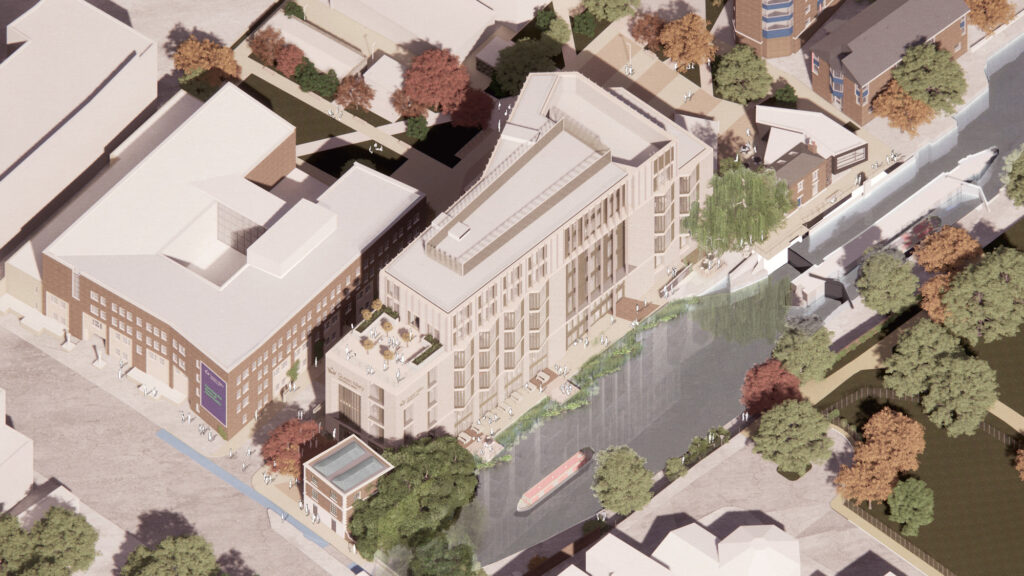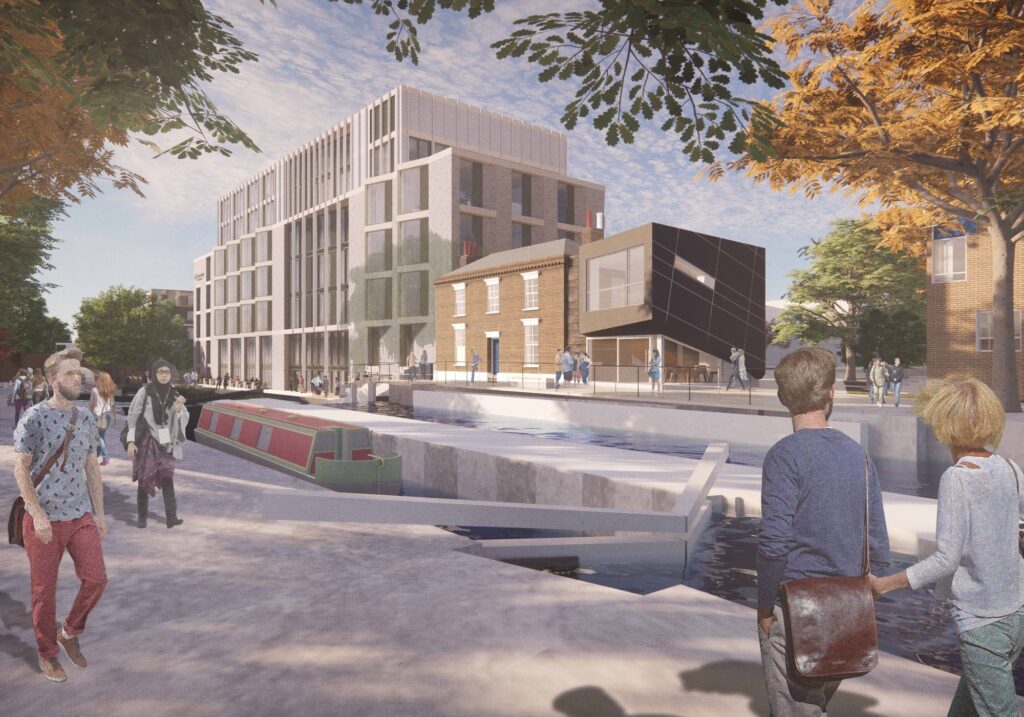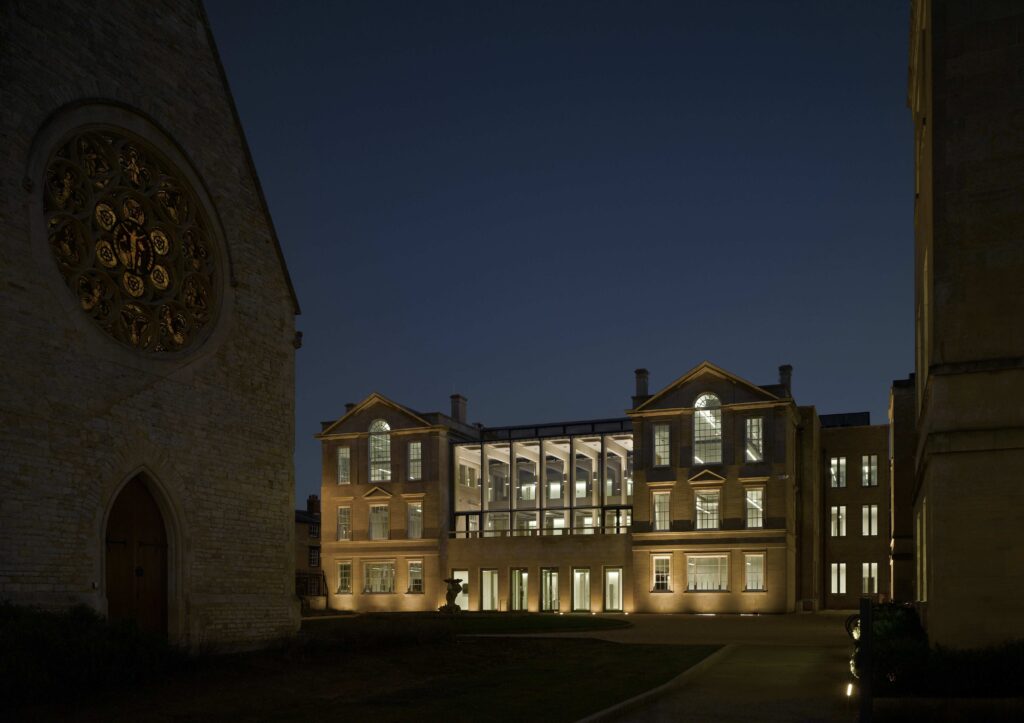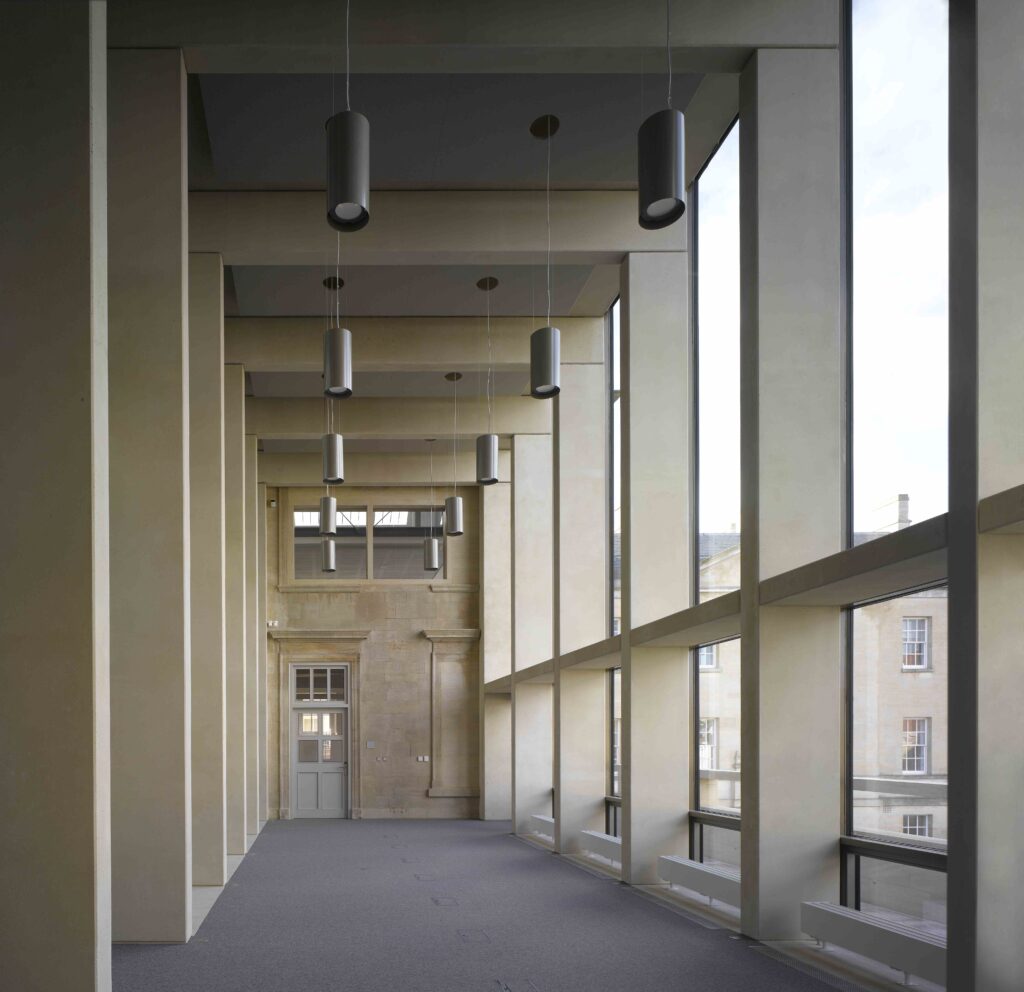People Spotlight: Meet Jack Brunton
Our People Spotlight series gives you an inside look at our technical experts around the world. This week, we are highlighting the structural sustainability lead from our Buildings + Places business in the United Kingdom.
Jack Brunton is a chartered member of the Institution of Civil Engineers and the Institution of Structural Engineers, with over 16 years of experience within the industry. As Structural Sustainability Lead for AECOM’s Buildings + Places Structures practice in the UK and Ireland, Jack is committed to embedding sustainability and resilience into our structural engineering service delivery.
Jack co-authored Eco.Zero™ Concept and Eco.Zero™ Measure, tools we use to reduce and monitor carbon in our designs. Eco.Zero™ Concept provides instant embodied carbon, design, material and cost data for varying building uses and structural frame typologies. Eco.Zero™ Measure assesses structural carbon in Revit models and has been mandated across the region, ensuring carbon monitoring and reporting across all projects with BIM models.
To drive cultural change across the practice, Jack has developed a comprehensive knowledge-sharing platform and launched systematic upskilling initiatives including monthly newsletters and standardized sustainability goals. His commitment to the field is underscored by his appointment to the IStructE Sustainability Panel.
Tell us about what inspired you to join the industry.
My path into structural engineering was shaped, in part, by family influence. My ancestor William Brunton was a Scottish engineer and inventor who became a member of the Institution of Civil Engineers in 1826, just a few years after its formation. He made significant contributions to steam navigation (Google “Stem Horse locomotive”!) and developed important innovations in metal manufacturing and mining machinery.
More directly, my uncle Michael Norton instilled in me the importance of the work done by engineers and their benefit to the community. Michael is a civil engineer who served as chair of the Institution of Civil Engineers water panel and received the Most Excellent Order of the British Empire recognition for his services to the water industry and international trade.
Engineering runs in the family, stretching back nearly two centuries, and seeing how engineers contribute meaningfully to society helped guide my career choice. Combined with my strong interest in maths and physics, a passion for painting during my school years, an aptitude for problem solving, and a love for beautiful buildings, these influences all guided me toward a career in structural engineering.
Engineering runs in the family, stretching back nearly two centuries, and seeing how engineers contribute meaningfully to society helped guide my career choice.
What is your favourite AECOM project that you’ve worked on and why?
Queen Mary School of Business and Management stands out to me. This was my first opportunity to put the theory I’d learnt whilst developing Eco.Zero™ Concept into practice on a real project.
The project involves civil and structural engineering design for a new seven-storey campus building and high-tech teaching space in central London. I led AECOM’s delivery of services on the project, and we previously developed the scheme to RIBA Stage 4 technical design in 2019. Unfortunately, the project was refused planning permission based on the loss of locally listed building. When we were reappointed in 2021, we saw this as an opportunity to significantly reduce the embodied carbon of the structure and use the previous design as a baseline against which reductions could be measured.
The pause in project activity coincided with the development of Eco.Zero™, and we’d gained valuable insights from key industry publications such as IStructE’s How to Calculate Embodied Carbon and company net zero training. We set a baseline against the previous design, then used Eco.Zero™ Concept to undertake optioneering studies of different frame arrangements and typologies, systematically identifying opportunities to reduce material volumes and associated embodied carbon across the structural frame.
The site presented significant challenges including London Underground Central Line tunnels, Regent’s Canal boundary and substantial level changes. Despite these constraints, we were able to achieve significant carbon reductions. We collaborated with the architect and facade engineer to identify appropriate column grids, changed vibration mitigation measures to remove twin basement slabs and retaining walls, optimised structural serviceability criteria and foundation arrangements, and wrote product stage carbon targets for concrete and rebar into the material specifications.
At the end of RIBA Stage 2, our revised assessment identified an embodied carbon intensity of 274 kilograms of carbon dioxide equivalent per square meter, representing a 32 percent reduction against the baseline, equivalent to about 1,000 metric tons of carbon dioxide equivalent saved overall. Whilst I handed over control of this project when I moved into my new role, we have continued to monitor and reduce carbon into the latter stages.
The project is currently on site and due for completion in 2027.
The pause in project activity coincided with the development of Eco.Zero™, and we’d gained valuable insights from key industry publications such as IStructE’s How to Calculate Embodied Carbon and company net zero training.


Tell us a story of how your work positively impacted the community.
Before moving into my role as Structural Sustainability Lead, I worked in our Healthcare & Science team. Delivering that sort of work is exceptionally gratifying as the benefit to communities is so immediately tangible.
One such project, the Radcliffe Primary Care Building for Oxford University, stands out as a good example of how adaptive reuse can deliver both environmental and community benefits.
Completed in 2016, the project involved the extension and retrofit of a Grade II listed building to provide accommodation for the Nuffield Department of Primary Care Health Sciences. We retained 80 percent of the original 1911 fabric and structure whilst adding a new basement, three-storey atrium and new mezzanine floors hung from the existing structure.
Whilst it is a stunning building, what makes this project particularly meaningful is understanding the work that happens inside. The Nuffield Department is the UK’s largest academic centre for primary care, leading research that reimagines healthcare delivery in general practice and community settings. In the past five years alone, its work has shaped clinical guidelines across multiple areas. From identifying effective COVID-19 treatments in the community and improving NHS approaches to weight management, to enabling early detection of serious illness in children and refining diagnostic pathways for diabetes, heart failure and hypertension, the work has also advanced stroke prevention in atrial fibrillation and influenced national policy on smoking cessation.
By adapting and reusing this heritage building, we preserved an important piece of Oxford’s architectural history and minimised embodied carbon whilst creating a fit-for-purpose facility for researchers who are improving healthcare outcomes for millions of people. The project was shortlisted for the IStructE Awards 2016.
The Radcliffe Primary Care Building for Oxford University stands out as a good example of how adaptive reuse can deliver both environmental and community benefits. By adapting and reusing this heritage building, we preserved an important piece of Oxford’s architectural history and minimised embodied carbon whilst creating a fit-for-purpose facility for researchers who are improving healthcare outcomes for millions of people.


Share a piece of career advice.
Mark Twain said, “Find a job you enjoy doing, and you will never have to work a day in your life.” Whilst that might be a cliché, I believe that to get the most out of your career, it’s important to find something that invigorates you and to make the changes necessary to pursue it.
Don’t wait for the perfect role to be handed to you. If you see a gap or an opportunity to make a difference, pursue it. My transition into this position wasn’t via a predetermined path. I recognised a need within our practice, identified the requirement for a Structural Sustainability Lead role and wrote my own job description. I’m grateful that AECOM supported my vision, created the role and gave me the responsibility to facilitate change in the practice.
It still feels like work, but it’s work that I’m very glad to be doing.






